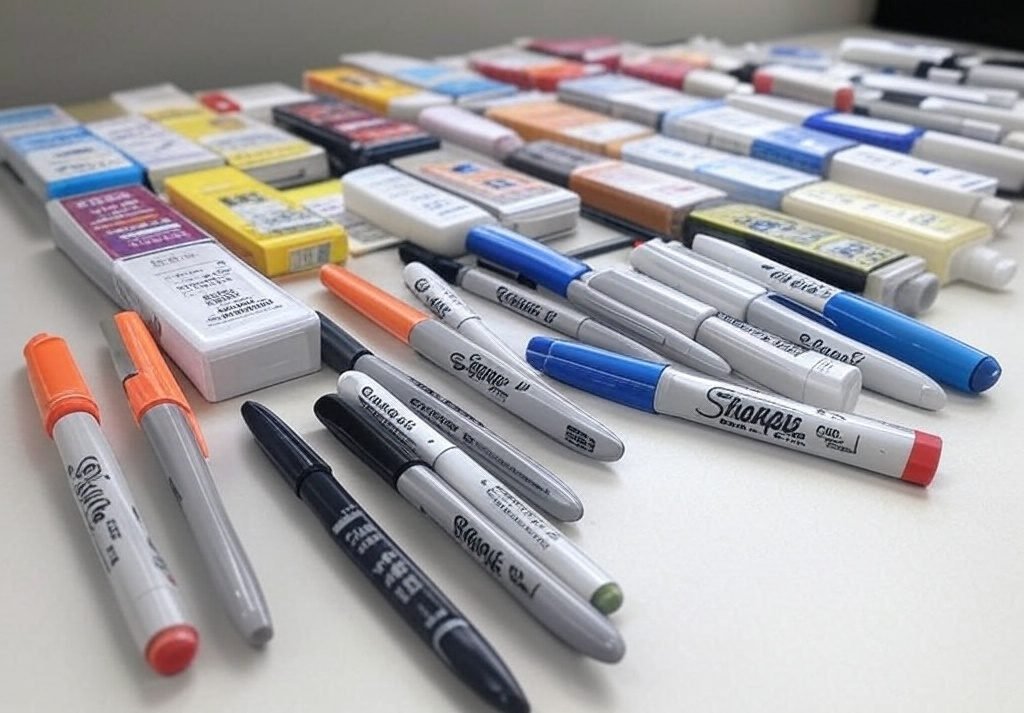Consumer Safety Alert: The Hidden Dangers of Counterfeit Cosmetics
In a recent warning issued by U.S. Customs and Border Protection (CBP), consumers are advised to be vigilant regarding the health risks associated with counterfeit cosmetics. This alert comes after the seizure of four shipments of fake, brand-name anti-aging facial creams in Allentown, Pennsylvania. These counterfeit goods, had they been legitimate, would have been valued at a staggering $28,550.
The Scope of the Seizures
On March 1, CBP officers intercepted 60 boxes of counterfeit Estee Lauder Resilience Multi-Effect Moisturizer Tri-Peptide Face and Neck Crème. This shipment, originating from Hong Kong, was destined for an address in Allentown and would have been worth $8,400 if authentic. Just days earlier, on February 27, officers seized 50 boxes of counterfeit Estee Lauder anti-aging creams shipped from China, valued at $7,000. Additionally, on February 26, 50 boxes of counterfeit SkinCeuticals Triple Lipid Restore 2:4:2 anti-aging cream and 50 boxes of counterfeit Clinique Smart Clinical Repair Wrinkle Correcting Serum were also seized, valued at $7,750 and $5,400, respectively.
In a separate incident, CBP officers confiscated 3,000 counterfeit Sharpie felt tip pens, also from China, valued at $1,530. These incidents highlight not only the prevalence of counterfeit cosmetics but also other counterfeit consumer goods entering the market.
The Health Risks of Counterfeit Cosmetics
According to the National Intellectual Property Rights Coordination Center, counterfeit cosmetics can pose significant health risks. Some of these products contain harmful chemicals that have been linked to severe health conditions, including cancer, acne, and eczema. Shockingly, investigations have revealed the presence of dangerous substances, such as various levels of urine, in some counterfeit cosmetics.
Cleatus P. Hunt, Jr., CBP’s Area Port Director for the Philadelphia area, stated, “The global marketplace has allowed unscrupulous vendors to peddle counterfeit consumer goods as authentic products to unsuspecting consumers, and profit handsomely while placing consumers’ health and safety at risk.” This statement underscores the importance of purchasing cosmetics from reputable retailers to safeguard one’s health.
Understanding the Counterfeit Market
The counterfeit market operates on a global scale, exploiting consumers who may be unaware of the dangers associated with these products. Counterfeit cosmetics are often manufactured in unregulated environments using substandard materials. These low-quality products can lead to a myriad of health issues, including:
- Skin irritations and allergic reactions
- Long-term health risks, including cancer
- Infections due to unsterilized production processes
- Worsening of existing skin conditions
It’s critical for consumers to understand that while counterfeit products may seem like a bargain, the potential health risks far outweigh any short-term savings. The consequences of using such products can lead to unexpected medical bills and long-lasting health issues.
The Role of U.S. Customs and Border Protection
CBP plays a crucial role in protecting both businesses and consumers from counterfeit goods. In fiscal year 2024 alone, the agency recorded over 32,000 seizures of counterfeit products, with an estimated manufacturer’s suggested retail price of over $5.4 billion, had the goods been genuine. CBP’s aggressive Intellectual Property Rights (IPR) enforcement program is designed to combat the illegal trade of counterfeit goods, which not only threatens consumer safety but also funds transnational criminal organizations.
CBP encourages trademark and copyright owners to register their intellectual property with the agency to help protect their brands at the border. This can be done through the e-Recordation program, which streamlines the process of safeguarding against counterfeit products entering the U.S.
What Consumers Can Do
Consumers have a vital role to play in combating the counterfeit market. Here are some steps individuals can take to protect themselves:
- Purchase cosmetics from reputable retailers and authorized sellers.
- Be skeptical of deals that seem too good to be true; if the price is significantly lower than the market value, it may be counterfeit.
- Research products and brands before making a purchase. Look for reviews and check the authenticity of the seller.
- Report suspicious products or sellers to authorities. Consumers can submit anonymous tips to CBP regarding counterfeit merchandise being illegally imported into the United States.
By taking these steps, consumers can help reduce the demand for counterfeit goods and protect their health and safety.
Conclusion
The recent seizures of counterfeit cosmetics in Pennsylvania serve as a stark reminder of the potential dangers lurking in the marketplace. The health risks associated with counterfeit cosmetics, including the presence of harmful chemicals, highlight the importance of vigilance among consumers. U.S. Customs and Border Protection continues to work diligently to protect consumers from unsafe counterfeit products, but consumer awareness and action are equally important in this fight. By purchasing authentic products from reputable sources, consumers can safeguard their health and contribute to a safer marketplace.






